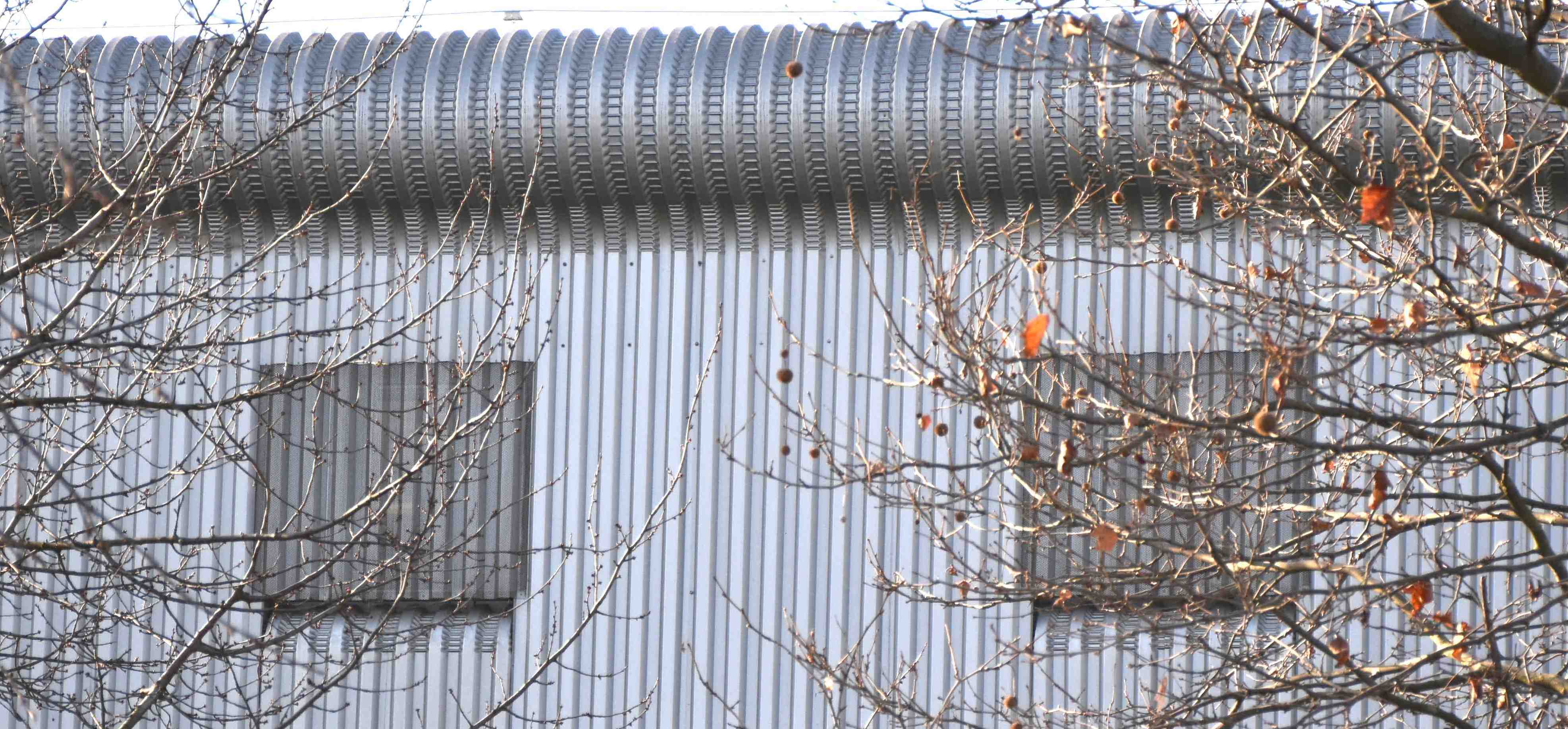
Listening
Strange sounds
Recently, I walked towards the underground station and heard a strange noise. From a construction site, hammering could be heard. But, reflected from the stations walls, the “tack, tack, tack” sound was changed into something like “viu, viu, viu” – without any correlation to the sound of hammers and nails! Seems that the corrugated surface of that stations walls diffused the reflexion. Every small riffle reflected sound which spread out. The sounds from all riffles added up to a stretched echo. Interference caused a spectral change. So that finally the echo did not resemble the original sound in any noticeable way.
What has this to do with HiFi? Well, we usually have a lot of reflexions within our listening rooms. And most researchers agree that these should sound as similar as possible compared to direct sound. Therefore, the surface quality of walls and acoustic treatment (diffusors!) should comply …
I’ve seen cheap diffusor constructions with repetitive patterns not un-similar to the corrugated wall mentioned above!
To check the quality of acoustic treatment, I sometimes use a simple procedure: Support an acoustic treatment sample on stands. Close your eyes and walk towards the sample, ideally within a large room. While talking or playing music, try to find out how close you can get until you can “hear” that sample.
Our senses are tuned to filter “unfamiliar” impressions within a familiar environment. Therefore, they detect strange sounding things rapidly.
Larger or smaller rooms preferred?
If reflexions degrade listening quality, we may assume that larger rooms with more distant walls sound better. Some treatment or nice, absorbent furnishing provided. They delay and attenuate reflected energy. (Very late reflexions of course should be very low level.)
To test my speakers, I use two different rooms. One, with about 35 m2 area and 2.5 m height. No treatment, some scattering to be heard, and open to even more reverberant kitchen and other rooms. Clearly too reverberant. We could call it a slightly challenging living room, for HiFi purposes.
The other has 55 m2 and is up to 4.5 m high. Due to a vaulted ceiling it was useless for audio, until I added abfusors (combining absorption with diffusion). Let’s call it my “Lab”. It sounds good now.
Interestingly, I can hear more contrast in music and between components within the smaller listening space. The large one supports music reproduction better. The impression of a live ensemble playing music is clearly more realistic there. But it lacks some intimacy. And maybe … the early reflected energy of the smaller room is just what I need to fully engage?
Listening test impression 1
A few days ago, I was comparing two Philips-DAC based vintage CD players, together with my son. We both know the sound of one very well. A “AH! Njoe Tjoeb 4000” – modified Marantz CD 4000 with tube output. TDA 1543 DAC, one opamp per channel.
It sounds nice, not very detailed, but without nasty artificial defects.
The other is based on an even older Philips, using a TDA 1541 DAC. It has an external tube stage with large power supply. There is no opamp anywhere behind the DAC.
Our first impression – after ABA’ing two tracks – was better low and mid frequencies from the “pure-tube” player, but more refined highs from the Njoe Tjoeb. After two more tracks we were less sure about our HF preference. And during final listening with the “pure-tube” we decided to call it clearly better in every regard. It is much more natural, even in the high frequencies. But maybe a little soft on top. Also, it seems to produce larger and closer images of the musical event.
Had we not decided to stop AB’ing the two players, maybe we would still be hard pressed to call a total winner. But extended listening, meanwhile repeated, clearly formed a preference.
Listening test impression 2
We founded Vienna Audio Labs last year, a group of audio related professionals and enthusiasts. Sometimes we compare equipment, lately my new and some older speaker cables.
After the first track, many preferred the old cable. It seemed to play the music in a nicer way (with an old recording). Since I had done the test before, for me the preference of the new cable remained unchanged. I mentioned the clearly better resolution of the new one to the others.
After the second track, a newer, quite refined recording, most agreed that the new cable was clearly superior.
Of course, this could be the result of many non-technical effects. But, in agreement with impression 1, the longer the listening, the clearer the verdict.
Which leads me to a recently browsed AES paper (JAES_V67_9_PG636) titled
Time for Slow Listening
Most of the content seemed to support my own ideas about listening tests and human perception. Older papers mention that musical education and music production experience lead to more efficient (consistent) results of listening tests.
From the abstract of the slow listening paper: „Conscious perception is influenced by long-term experience and learning …“
It seems that our perception of the world via the reception by our senses is strongly influenced by focused attention or other kinds of „reach-out“ activities. It also seems that without experience and/or training we are not even capable to recognize certain short stimuli. Eg phoneme discrimination. There is much more interesting content.
As a short result
I try to remember for myself that listening tests depend on experience, attention and duration. For example, once I train myself to detect certain reproduction issues, I will easier recognize them again. Features of the sound I am not familiar with, will be much harder to detect. And take more listening time. Also, it is easier to do that under familiar conditions. Stress, blind testing etc don’t always produce the best results.
Final comment: Funny – reading Stereophile emails from today I find an article about the same “Slow Listening” paper mentioned above.